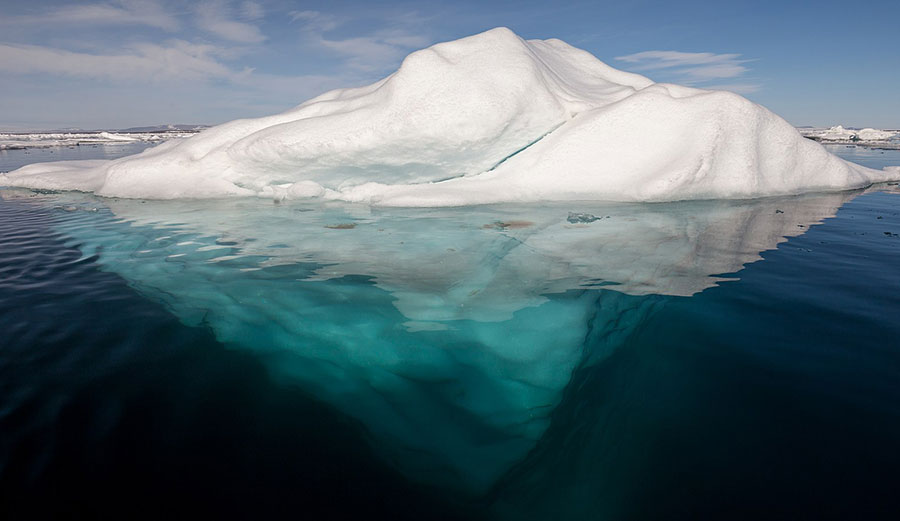
Photo: Wikimedia Commons
A new study warns that the Arctic could potentially see “ice-free” summer days within the next decade. The findings, published in the journal Nature Reviews Earth & Environment, synthesized existing literature on sea ice projections to assess how the Arctic might change as a result of anthropogenic climate change.
For the purposes of the study, “ice-free” means fewer than one million square kilometers of sea ice. During warmer September days, these conditions could occur much earlier than previously expected. According to the study, the first single occurrence of ice-free conditions could occur in the 2020-2030s, and are likely to occur by 2050. Meanwhile, consistent ice-free conditions in September are expected to occur between 2035–2067 under the high-emission scenarios, and slightly later for lower-emission scenarios.
By the end of the century, the window for ice-free conditions could extend from May to January in a high-emissions scenario, or August to October in a low-emissions scenario.
Alexandra Jahn, an associate professor of atmospheric and oceanic sciences at the University of Colorado Boulder and a lead author of the research, told The Guardian: “This would transform the Arctic into a completely different environment, from a white summer Arctic to a blue Arctic. So even if ice-free conditions are unavoidable, we still need to keep our emissions as low as possible to avoid prolonged ice-free conditions.”
That’s because an ice-free ocean would have wide-ranging impacts on both humans and nature. According to the study, effects could include increased wave heights that accelerate coastal erosion, threats to the survival of sea ice-dependent mammals like polar bears and seals, and the migration of some species of fish from sub-polar seas into the Arctic Ocean.
However, there is a possible fix to the issue. Jahn added that, “Unlike the ice sheet in Greenland that took thousands of years to build, even if we melt all the Arctic sea ice, if we can then figure out how to take CO2 back out of the atmosphere in the future to reverse warming, sea ice will come back within a decade.”

